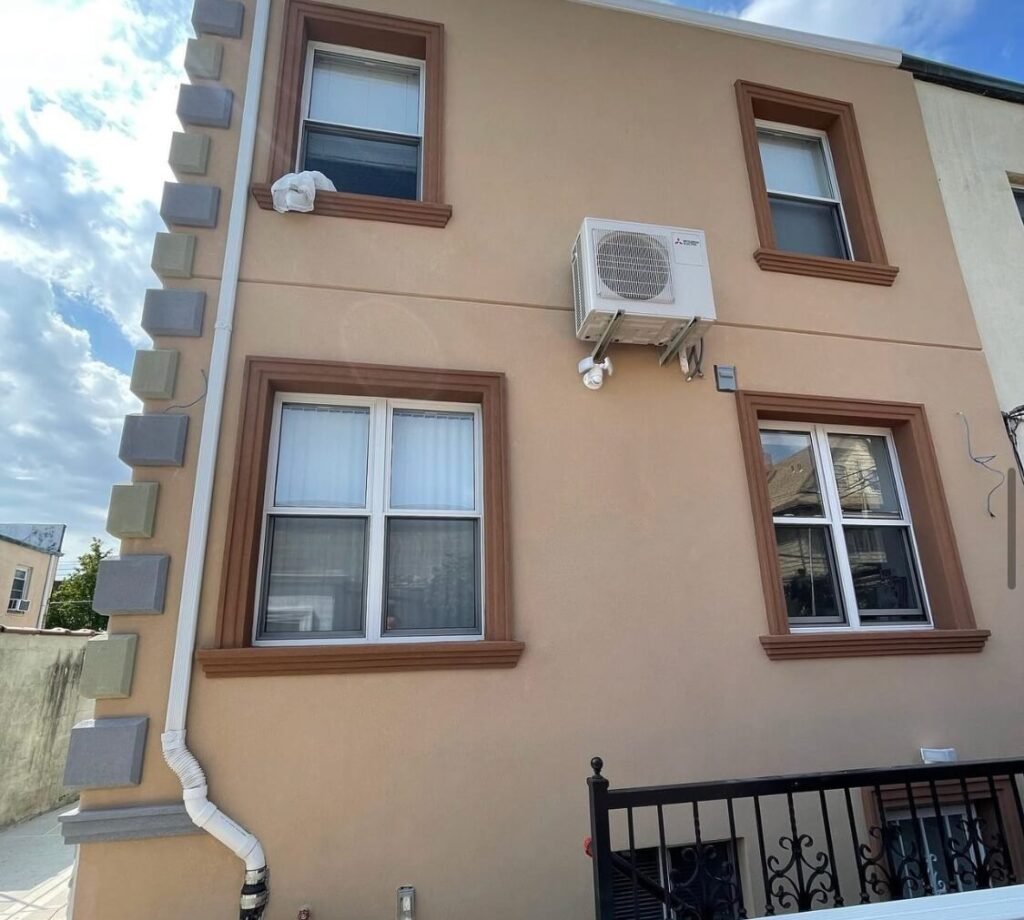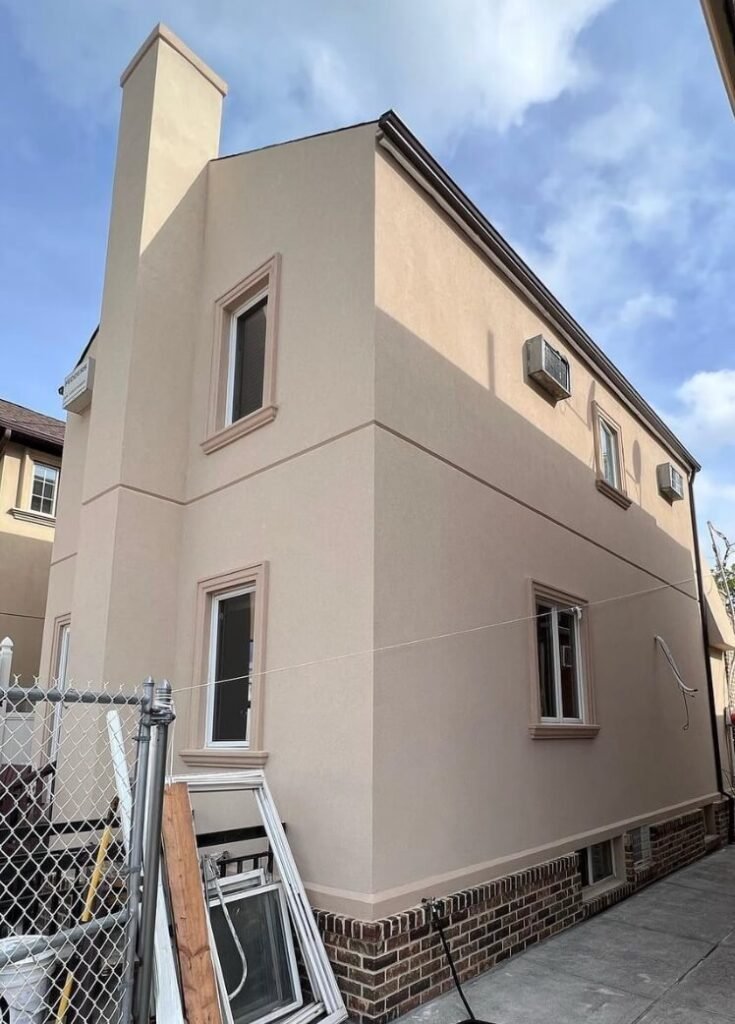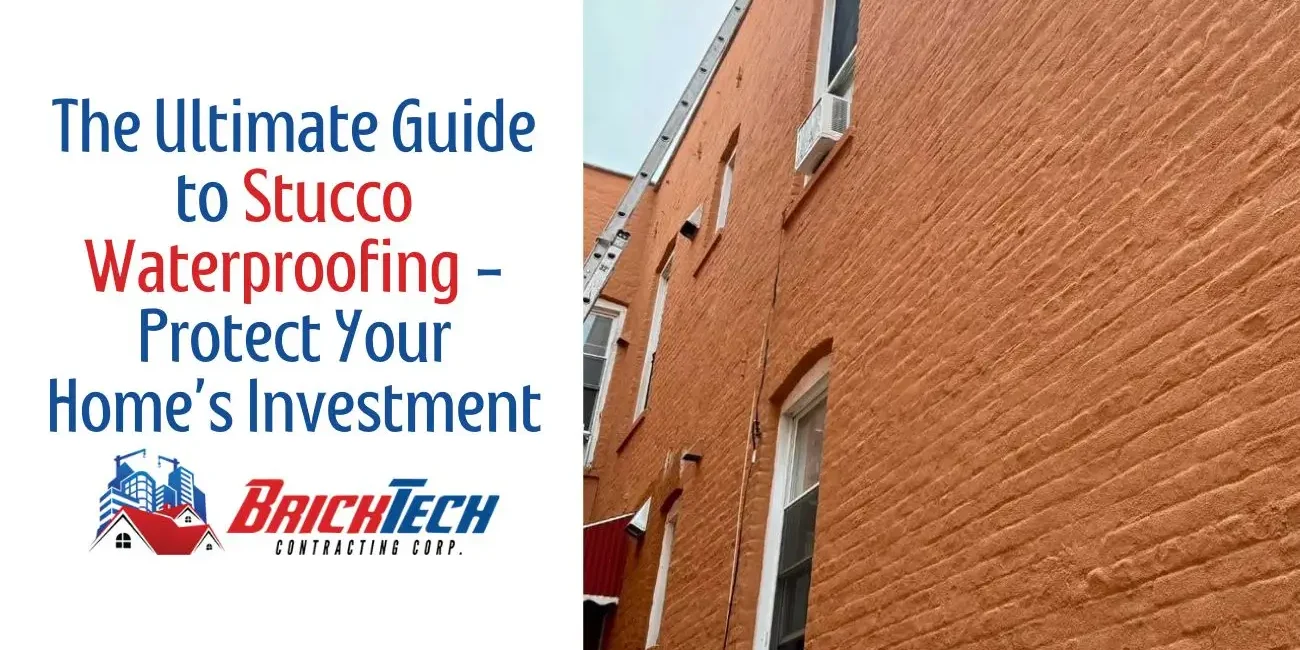Stucco, with its classic charm and durability, has been a popular choice for home exteriors for ages. But, like any building material, it’s susceptible to the elements, especially water. Water damage can lead to a world of problems, from unsightly stains to structural issues. That’s where waterproofing comes in. So, if you’re a proud stucco homeowner looking to safeguard your investment, you’ve come to the right place. This is The Ultimate Guide to Stucco Waterproofing: Expert Tips Revealed!
Why is Stucco Waterproofing Important?
You might wonder why waterproofing is necessary for a material that seems inherently resistant to water. The truth is, while stucco is water-resistant, it’s not entirely waterproof. Over time, exposure to the elements can cause cracks, fissures, and deterioration, allowing water to penetrate the surface.
The consequences of neglecting stucco waterproofing are severe:
- Mold and mildew growth: Damp conditions create the perfect environment for these harmful organisms, affecting indoor air quality and causing health problems.
- Structural damage: Water can seep into the walls, weakening the structural integrity of your home and leading to costly repairs.
- Aesthetic damage: Water stains and discoloration can ruin the appearance of your stucco, diminishing your home’s curb appeal.
- Energy efficiency: Water-damaged stucco can reduce your home’s insulation, increasing energy bills.

Common Stucco Waterproofing Problems
Before we dive into solutions, let’s talk about the most common stucco waterproofing problems. This way, you can identify if you’re dealing with any of these and take appropriate action.
- Cracks and fissures: These little buggers can let water in like a sieve.
- Missing or damaged caulk: Caulk is your stucco’s best friend, but it can dry out and crack over time.
- Poor drainage: If water isn’t draining away from your home, it’s gonna find a way in.
- Foundation issues: Sometimes, the problem isn’t the stucco itself but the foundation.
Waterproofing Methods – Which is Right for You?
There are several approaches to waterproofing stucco, each with its own advantages and suitable applications.
- Sealed Cladding System: A sealant is applied over the stucco, creating a water-resistant barrier while allowing moisture vapor to escape.
- Drainage Matrix System: A drainage plane behind the stucco allows water to escape, preventing accumulation.
- Water-Resistant Stucco Mix: Stucco mixes with water-repellent additives offer enhanced moisture resistance.
- Sealants and Coatings: Additional protection can be achieved with high-quality sealants or coatings.
Choosing the Right Waterproofing Product
With countless waterproofing products on the market, it can be overwhelming. Here are some factors to consider:
- Type of stucco: Different stucco types require different products.
- Climate: Consider your local weather conditions.
- Product features: Look for products with features like mold resistance and UV protection.
- Cost: Waterproofing can be an investment, so consider your budget.
How to Effectively Waterproof Stucco Surfaces
Effective stucco waterproofing involves a combination of proper installation, regular maintenance, and the right products. Here’s a step-by-step guide:
- Preparation: Thoroughly clean the stucco surface to remove dirt, debris, and loose paint. Repair any cracks or damage before proceeding.
- Moisture Testing: Use a moisture meter to assess the level of moisture penetration.
- Primer Application: Apply a specialized primer to enhance adhesion and create a uniform surface for the waterproofing product.
- Waterproofing Product Application: Choose a product that suits your specific needs and climate. Follow the manufacturer’s instructions for application.
- Caulk and Seal: Seal all cracks, joints, and openings with a high-quality caulk to prevent water entry.
- Regular Inspection and Maintenance: Conduct regular inspections to identify any signs of water damage early on. Clean and repair your stucco as needed.

DIY or Professional Waterproofing?
This is a big decision. DIY projects can be rewarding, but waterproofing is a specialized job. If you’re not confident in your DIY skills or have a large area to cover, hiring a professional might be the best option.
Waterproofing Tips and Tricks
Here are some extra tips to help you achieve the best results:
- Regular inspections: Check your stucco regularly for signs of water damage.
- Proper ventilation: Ensure your home has adequate ventilation to prevent moisture buildup.
- Landscape grading: Make sure water flows away from your foundation.
- Gutter maintenance: Clean your gutters regularly to prevent water overflow.
FAQs About Stucco Waterproofing
How often should I waterproof my stucco?
Every 5-7 years is a good rule of thumb, but it depends on your climate and the condition of your stucco.
Can I waterproof stucco myself?
Yes, you can, but it requires careful preparation and application.
How much does stucco waterproofing cost?
The cost varies depending on the size of your home and the type of waterproofing product used.
Will waterproofing affect the appearance of my stucco?
High-quality waterproofing products should not affect the appearance.
Conclusion
Protecting your home’s investment is crucial. Waterproofing your stucco is a vital step in ensuring its longevity and preserving your home’s value. By following the expert tips outlined in this guide, you can safeguard your stucco from water damage and the costly repairs it can cause.
If you’re a New York City homeowner seeking professional stucco waterproofing services, Brick Tech Contracting Corp is your trusted partner. With our expertise and commitment to quality, we can help you protect your home from the elements. Contact us today for a consultation.
By taking proactive steps to waterproof your stucco, you’re not just maintaining your home’s exterior; you’re preserving its structural integrity and enhancing its overall appeal.
Do you have any specific questions about waterproofing your stucco? Feel free to leave a comment on our social media.








